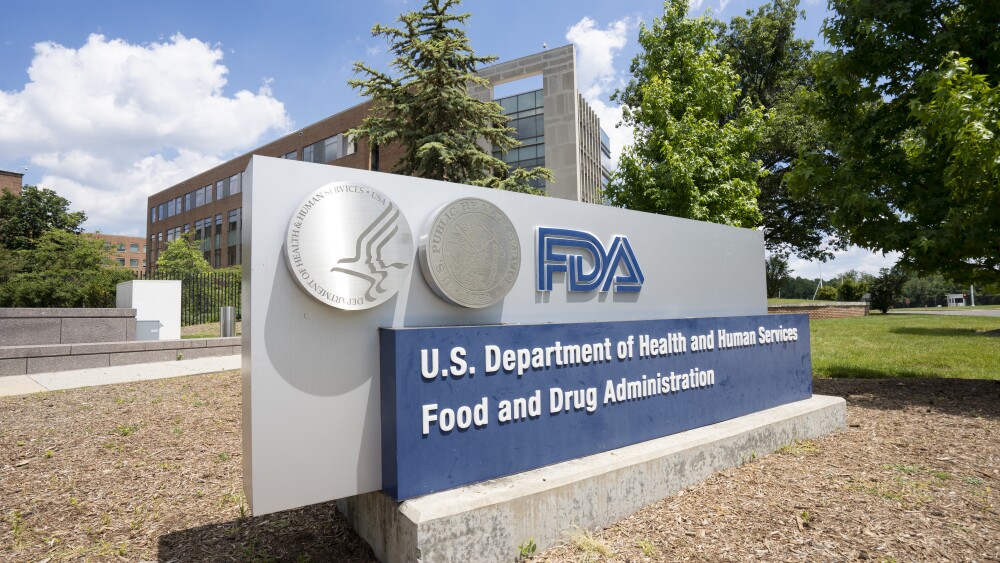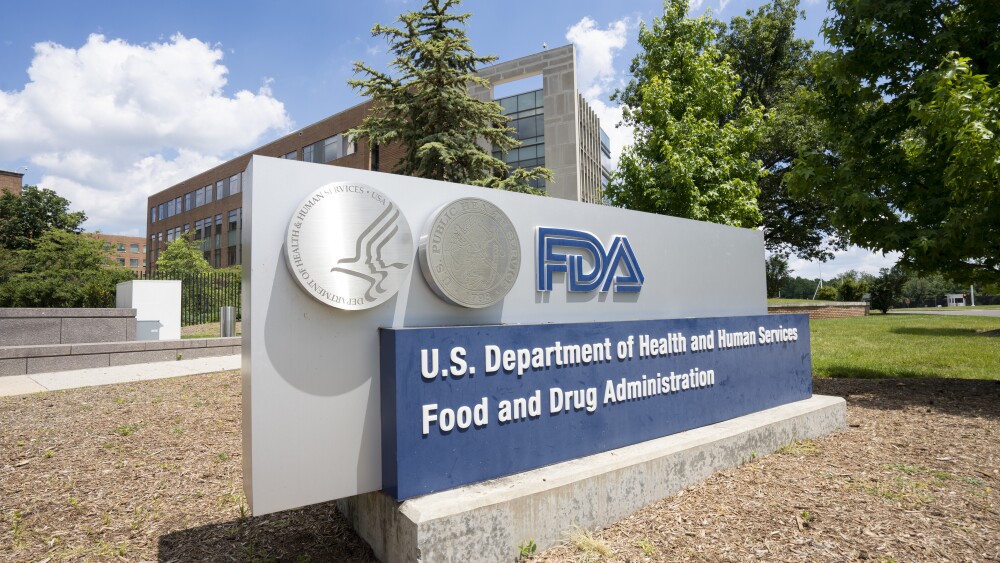Generic versions of biologic drugs could hit the market without human trials and allow the market forces to bring down costs, HHS leaders said while announcing new draft guidance.
The FDA could lower the bar for approving biosimilars, in a move the country’s healthcare administrators said would, in turn, lower prices for drugs and cut through bureaucracy. Avoiding expensive clinical studies would encourage biosimilar development, the officials argued, accelerating to market treatments that cost far less than branded blockbusters.
“It’s a sacred cow topic, but the solution is to convert them to competitive markets,” FDA Commissioner Marty Makary said at a press conference Wednesday afternoon, standing alongside Health Secretary Robert F. Kennedy Jr. and CMS administrator Mehmet Oz. Makary cited the seven-year absence of a biosimilar competitor after AbbVie’s blockbuster Humira went off patent, citing “red tape” at the FDA and “non-competitive markets.”
At least one analyst appeared to be less than impressed with the announcement.
“While we applaud any attempt at reducing drug prices for patients, today’s announcement does little to address key inefficiencies in the broader PBMS/insurance and biosimilar markets,” BMO Capital Markets’ Evan Seigerman wrote in a note to investors Wednesday afternoon.
In a new draft guidance, the agency proposed a series of changes it said would “simplify biosimilarity studies” and provide an “abbreviated licensure pathway” for products that are shown to be interchangeable with an already FDA-licensed reference product.
“Under this new framework,” Kennedy said, “companies may not always need to conduct large, expensive human trials when [a biosimilar] been tested just as effectively and just as safely as the original drug.”
Sponsors looking to get a biosimilar approved still need to prove that their products are interchangeable with something already on the market, but under this new draft guidance, the FDA would determine if an approval requires a comparative efficacy study (CES), which compares how two products perform in treating patients. Alternatively, the agency may decide that a so-called comparative analytical study that uses preclinical and biochemical data is sufficient.
The guidance suggests that a more “streamlined approach” can be taken in cases when a biosimilar and its reference product are manufactured from clonal cells, highly purified, and the two products can be compared directly using preclinical assays.
However, the FDA noted that there are instances where a human trial is still necessary, such as locally acting products like drugs that are administered in the eye, or where efficacy is not the clinically relevant endpoint.
“The FDA will also consolidate several outdated guidance documents into one streamlined rule book for cutting unnecessary red tape,” Kennedy added, without specifying further. He said these changes would allow pharmacists to switch biosimilars for branded drugs as they do with generic small molecule drugs.
The approval pathway that biosimilars go through—the 351(k) biologics licensure application—applies to all biologics but the draft guidance focuses on “therapeutic protein products,” which include antibody and hormone-based therapies but would potentially exclude cell therapies, though the guidance does not specify further.
The new draft guidance appears to be a follow-on from a guidance initially issued in draft form in 2019 and formalized this past September regarding how biosimilar manufacturers should design comparative analytical studies. Makary suggested that a final guidance would be issued in three to six months.
In BMO’s note, Seigerman said the guidance “failed to address key hurdles to patient affordability like PBMs, and highlighted some key misunderstandings at HHS.”
Seigerman pointed out that Kennedy proposed a biosimilar for Vertex’s personalized cell therapy, Casgevy, “which we found to be perplexing given the nature of the product.” Casgevy, co-developed by Vertex and CRISPR Therapeutics and approved to treat sickle cell disease and beta-thalassemia, is a personalized cell therapy and not a candidate for a biosimilar product, Seigerman noted.
In response to a question from the audience, Makary accused pharmaceutical companies and pharmacy benefit managers of collusion, saying that “sometimes the branded biologic manufacturer is paying the PBM to make sure that biosimilars are not added to that formulary.”
One journalist at the press conference noted that “interchangeability” in biosimilars is defined by statute and asked if the FDA needed Congress’ involvement to codify the document into law.
“I would love it if Congress solidified this in law, but we’re not going to wait for them,” Makary responded.
Editor’s Note (Oct. 29): This article has been updated to include reaction to the FDA’s announcement from BMO Capital Markets.







